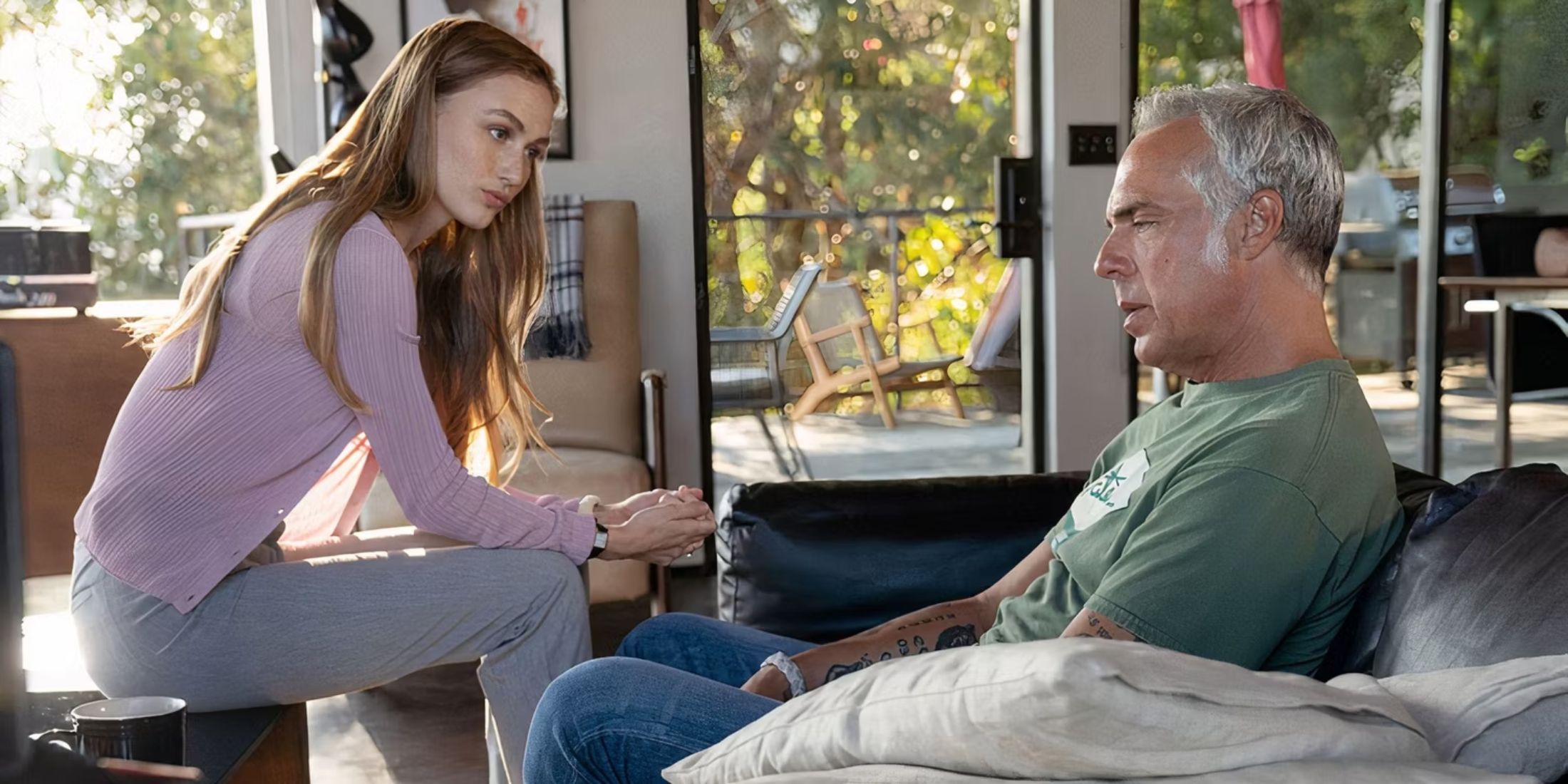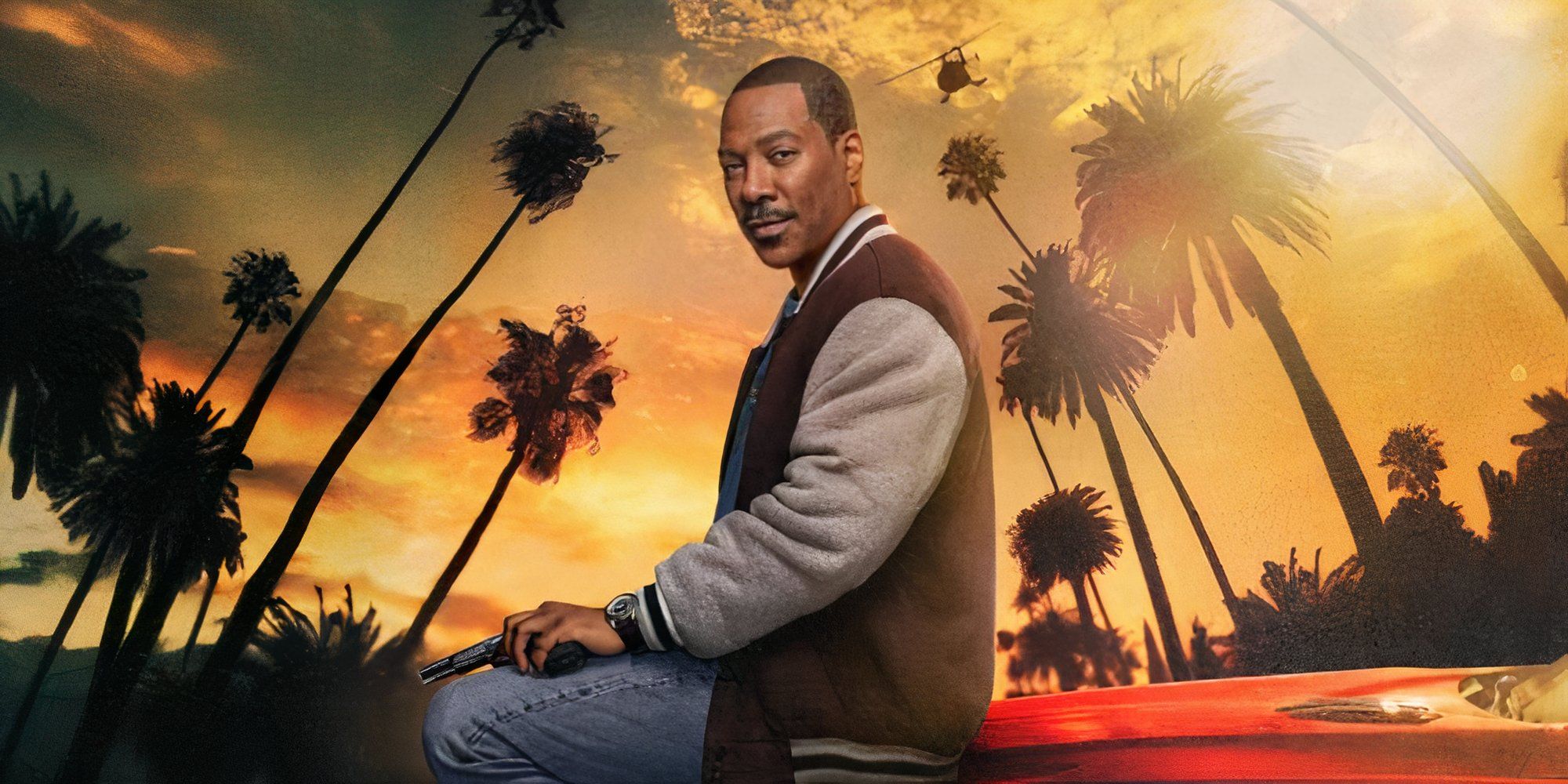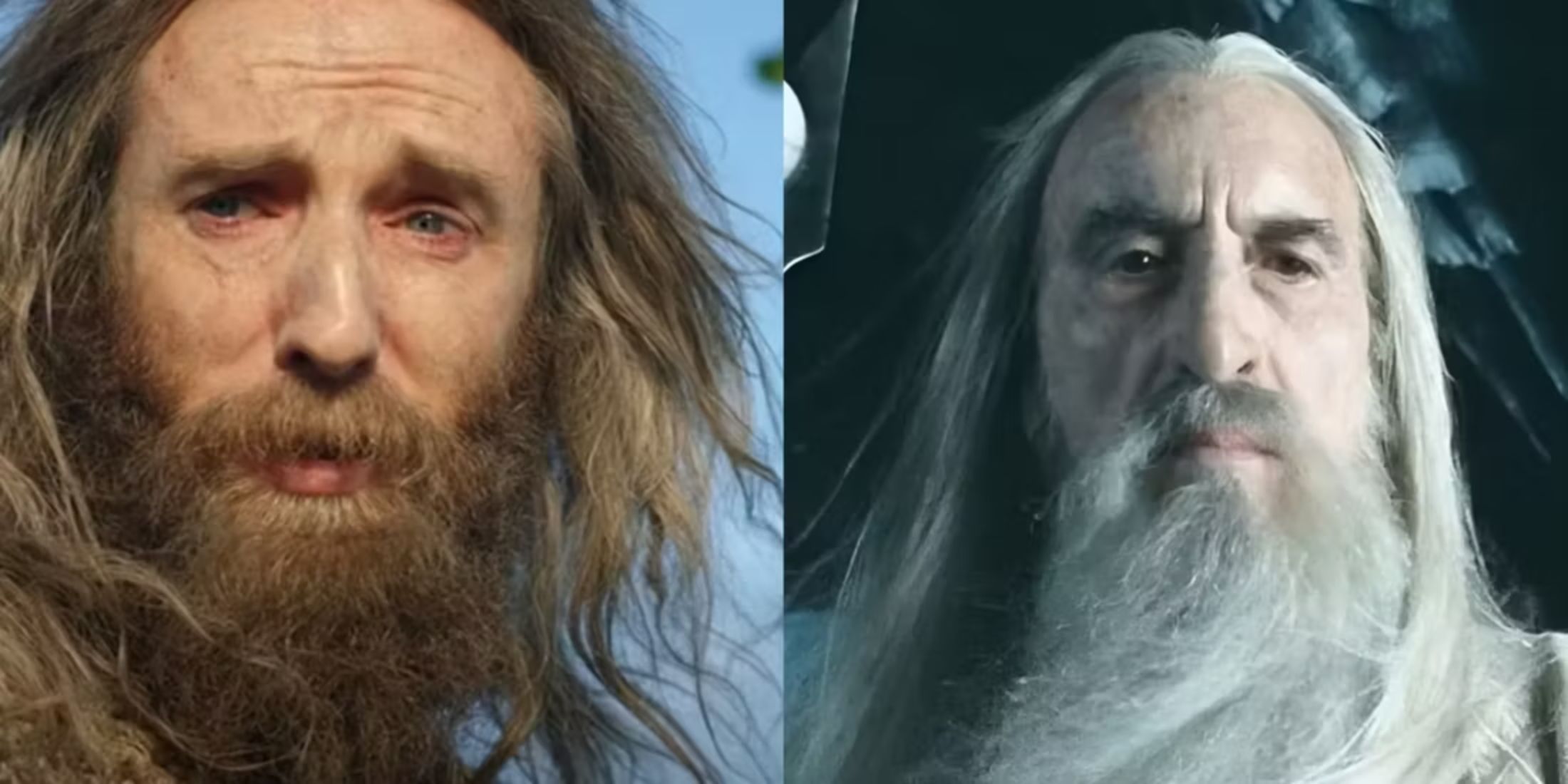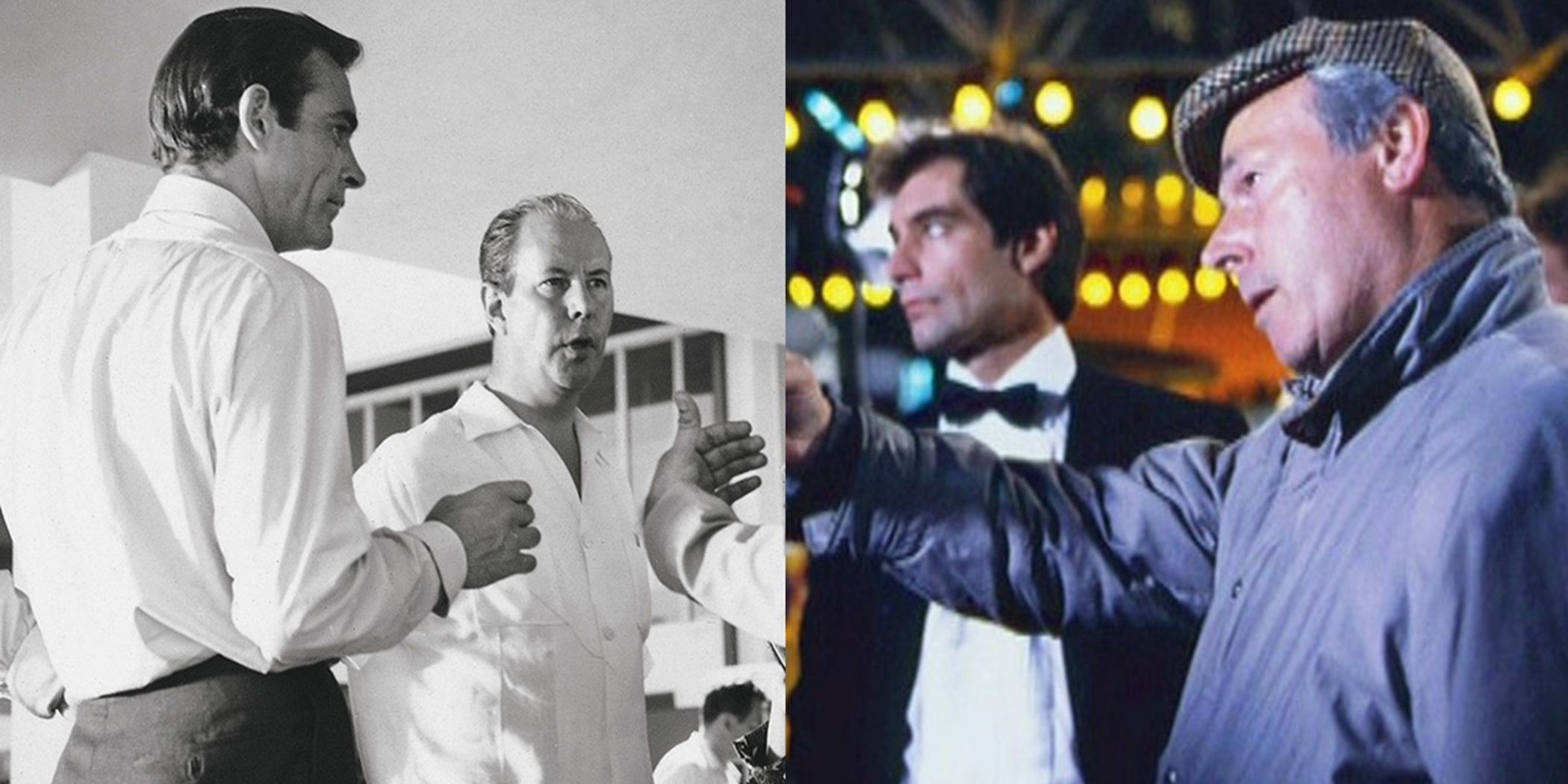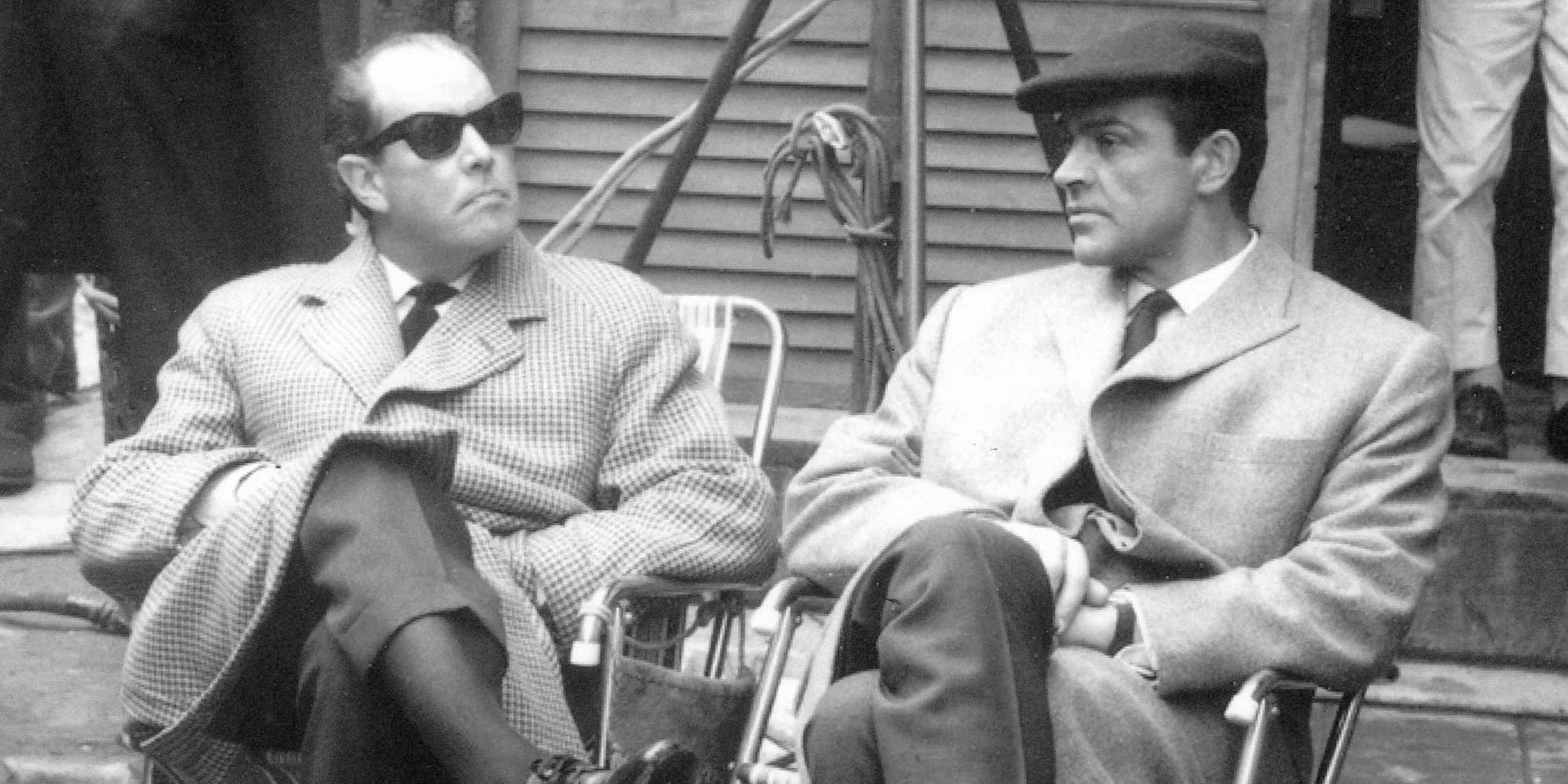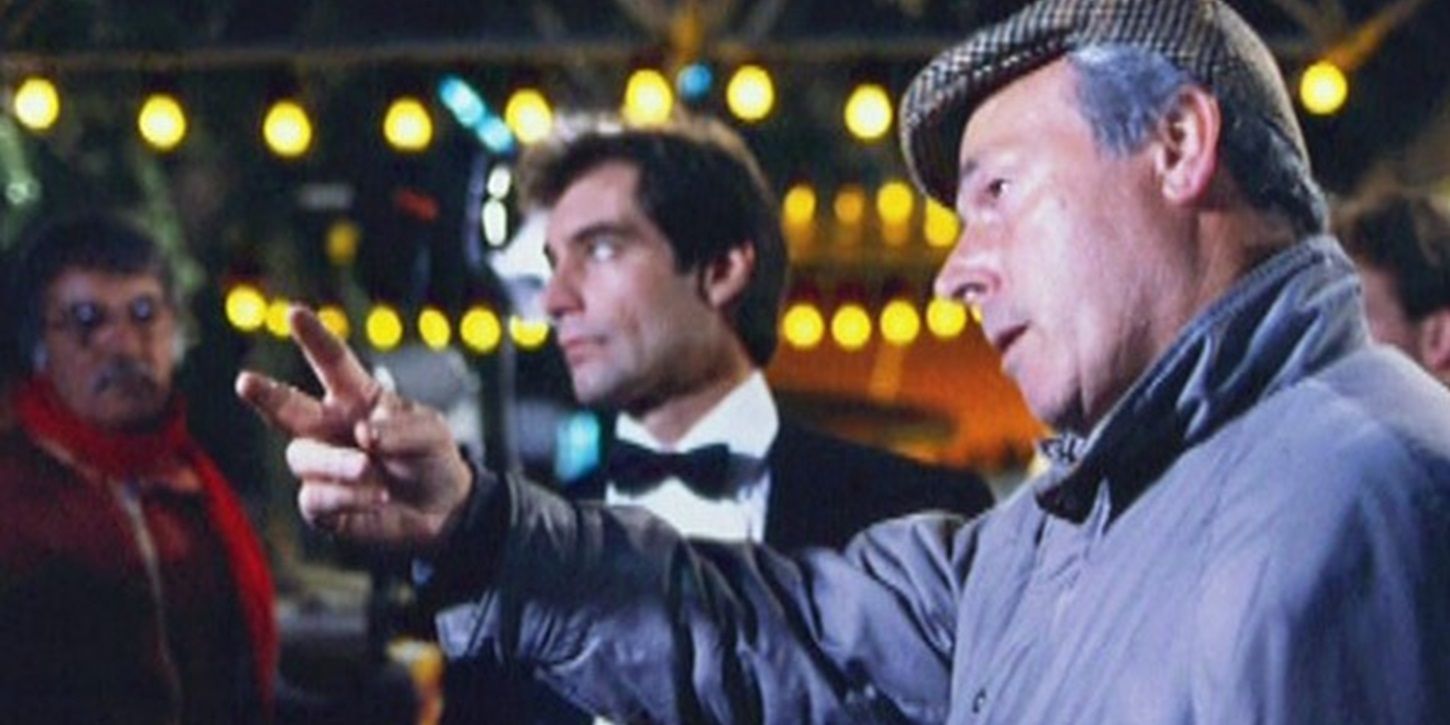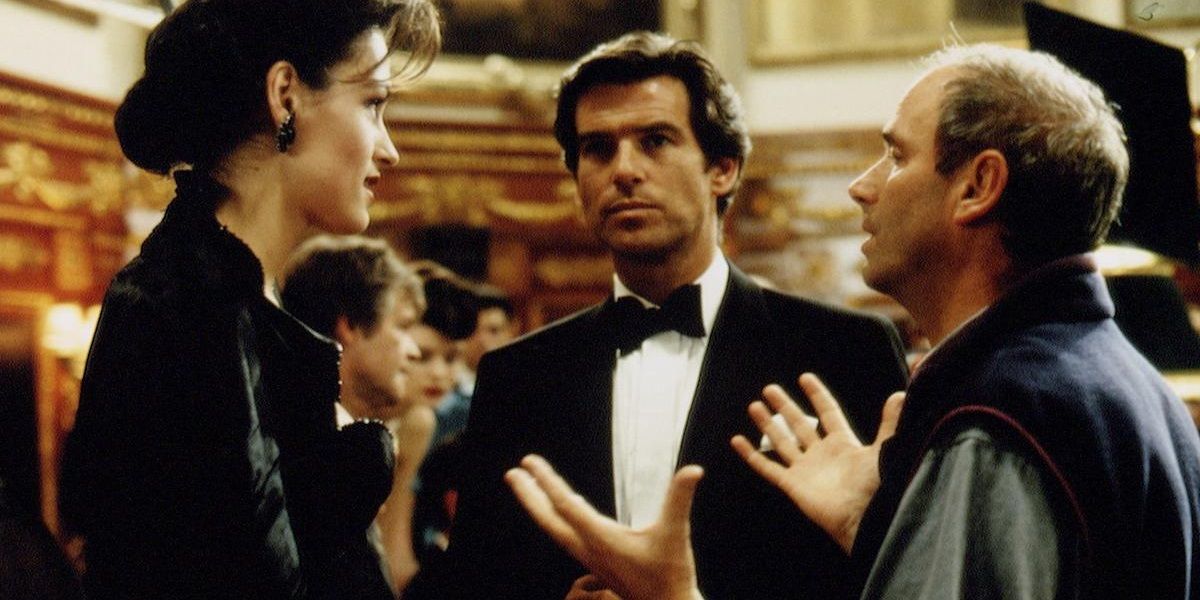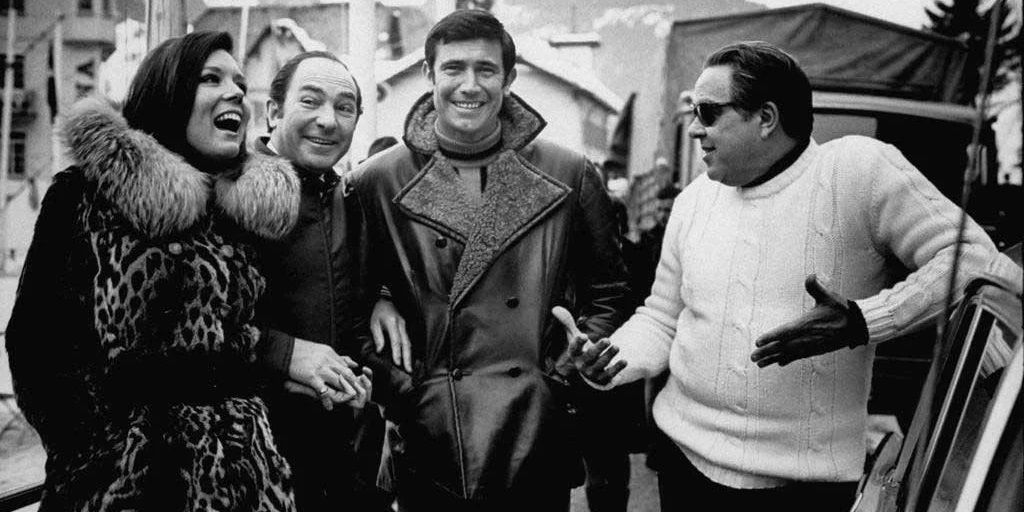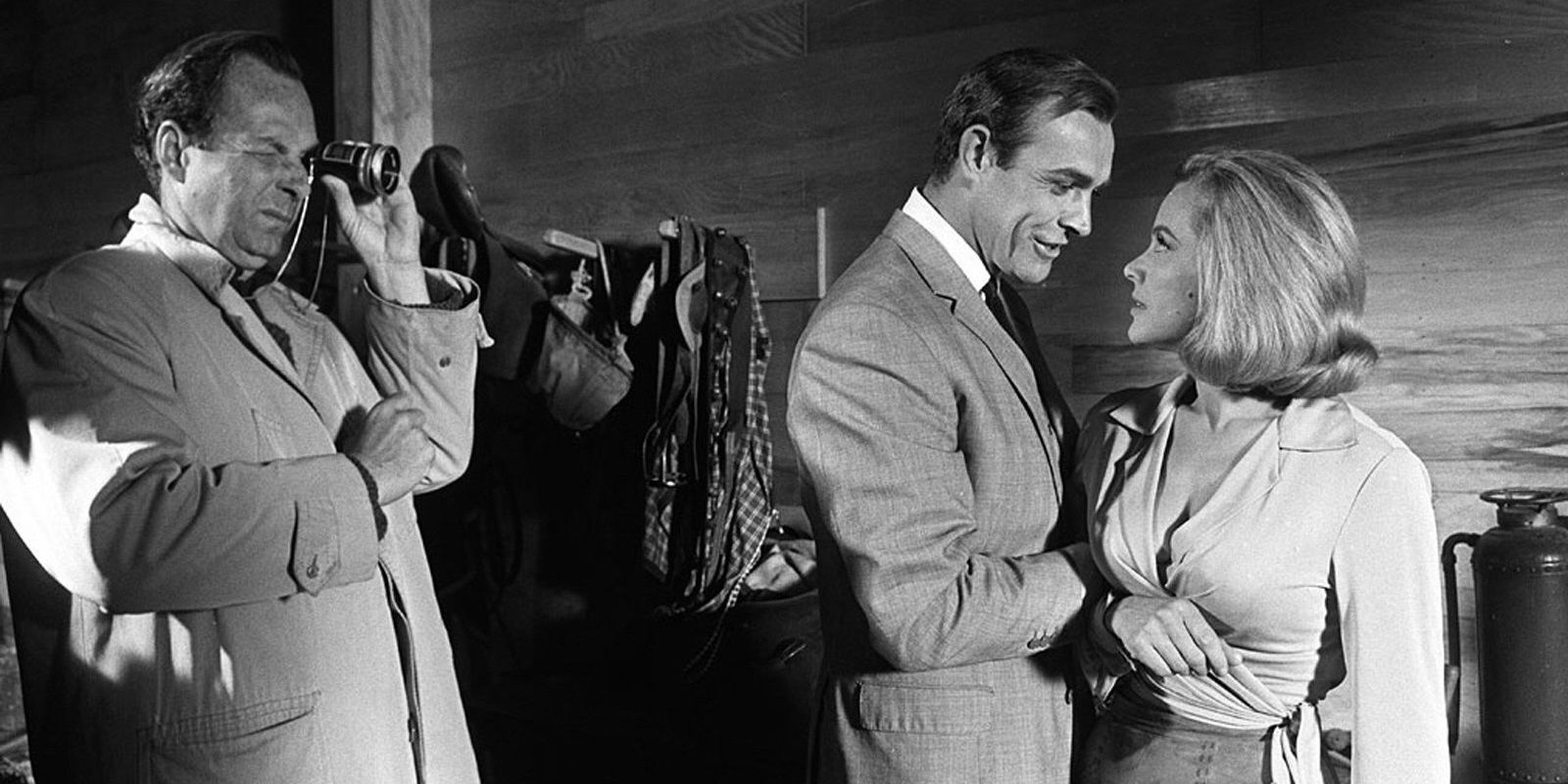A James Bond movie is only as good as its director. Pierce Brosnan gave a spot-on performance as 007 in his four Bond outings, but all but his first one were let down by weak direction. A Bond director has to strike the right balance between popcorn thrills, steamy romance, and globetrotting spectacle. Escapist blockbuster entertainment is trickier to get right than it looks. For every Skyfall, there’s a Spectre. For every Dr. No, there’s a Die Another Day. From the O.G. Terence Young to the master of reinvention Martin Campbell, some truly great filmmakers have put their stamp on the Bond series.
Terence Young
With the very first Bond films, Dr. No and From Russia with Love, director Terence Young characterized 007 perfectly right out of the gate. When Young teamed up with Sean Connery to bring Bond to the screen, they didn’t have brand recognition to fall back on. They had to make 007 a cinematic icon from scratch and they succeeded admirably. From his immortal introduction (“Bond, James Bond”) to his romance with Honey Ryder to his rough-and-tumble fight scenes, Young and Connery’s early collaborations nailed Bond’s grit, ice-cool attitude, and effortless charisma.
After sitting out Goldfinger, Young returned to the helm of the Bond franchise to direct Thunderball. It’s not quite the masterpiece that his first two Bond movies were, but it’s a fun 007 adventure nonetheless. Young ably adapted to the pulpy formula established in his absence with quippy one-liners, a classic femme fatale, and some expertly staged underwater action sequences.
John Glen
John Glen edited some of the best Bond movies (On Her Majesty’s Secret Service and The Spy Who Loved Me) and some of the worst (Moonraker) before getting in the director’s chair. He made his Bond directing debut with one of the franchise’s most underrated installments. After the far-fetched trip to space in Moonraker, For Your Eyes Only brought 007 back to Earth and returned to the series’ gritty, grounded roots with a straightforward revenge thriller. After that, Glen also helmed the last two nails in the coffin of the Roger Moore era: Octopussy and A View to a Kill. They were both panned by fans and critics, but they each have a couple of saving graces. The former has a gripping climactic airplane stunt and the latter has a wonderfully flamboyant villain played by Christopher Walken.
The most impressive feathers in Glen’s 007 cap are Timothy Dalton’s two Bond outings, The Living Daylights and License to Kill. With the short-lived but widely acclaimed Dalton era, Glen subverted the audience’s expectations with the most faithful take on 007. The Bond played by Dalton in these two startlingly violent affairs is the most in line with the brooding, cold-hearted antihero seen in Ian Fleming’s source material.
Martin Campbell
What makes Martin Campbell one of the best Bond directors is that he not only reinvented the 007 mythos for a new generation; a decade later, he did it again. In 1995, Campbell introduced Pierce Brosnan’s Bond with the modern popcorn blockbuster sensibility of GoldenEye. This movie has some of the greatest Bond action ever put on film, from the opening bungee jump to the tank chase through St. Petersburg, and it has a real emotional arc for 007 involving grief and betrayal (not to mention a long-overdue reckoning with his character flaws).
Then, in 2006, Campbell came back to introduce Daniel Craig’s Bond with the gritty realism of Casino Royale. An origin story for 007 detailing where his 00 status and license to kill came from, Casino Royale has breathtaking stunts, brutal fight scenes, a chilling villain, and a three-dimensional “Bond girl.”
Peter R. Hunt
Peter R. Hunt only ever directed one Bond film, but that was all he needed to join the pantheon of great Bond directors. On Her Majesty’s Secret Service has been hailed as the only Bond movie that can be appreciated as more than just a high-octane action-adventure. It has plenty of action, but it also has striking cinematography, a touching musical score, and an engaging love story. The romance in most Bond movies can be reduced to casual sex and crude double entendres, but On Her Majesty’s Secret Service is different. 007 falls head over heels for his soulmate, marries her, and spends the subversively downbeat final moments of the film cradling his dead wife after she’s killed by Blofeld’s goons in a drive-by shooting.
When he took the helm of the first Bond movie without Connery’s involvement, Hunt threw out the rulebook and abandoned the familiar conventions of the series. He wasn’t interested in one-dimensional villains or overly cartoonish set-pieces; On Her Majesty’s Secret Service is as much of a character study as it is an espionage thriller.
Guy Hamilton
After Young had established the 007 character in Dr. No and From Russia with Love, director Guy Hamilton came in to round out the rest of the Bond movie formula with Goldfinger. Goldfinger introduced sly comedy, globetrotting locations, action-packed cold opens, eccentric megalomaniacal villains, and moody theme songs by beloved pop artists to the Bond formula. Every subsequent Bond movie has been chasing the escapist fun of Goldfinger, and none of them have managed to top it. Hamilton’s next Bond movie, Connery’s swansong Diamonds Are Forever, wasn’t as masterfully crafted as Goldfinger, but it did introduce the tongue-in-cheek humor that would go on to define the Moore films.
Hamilton introduced Moore’s 007 in Live and Let Die, then gave the gentleman spy one of his greatest adversaries (Francisco Scaramanga, the anti-Bond) in The Man with the Golden Gun. A blaxploitation Bond movie and a kung fu Bond movie, respectively, these films established the Moore-era tradition of expanding out of the spy genre to follow contemporary genre trends.

